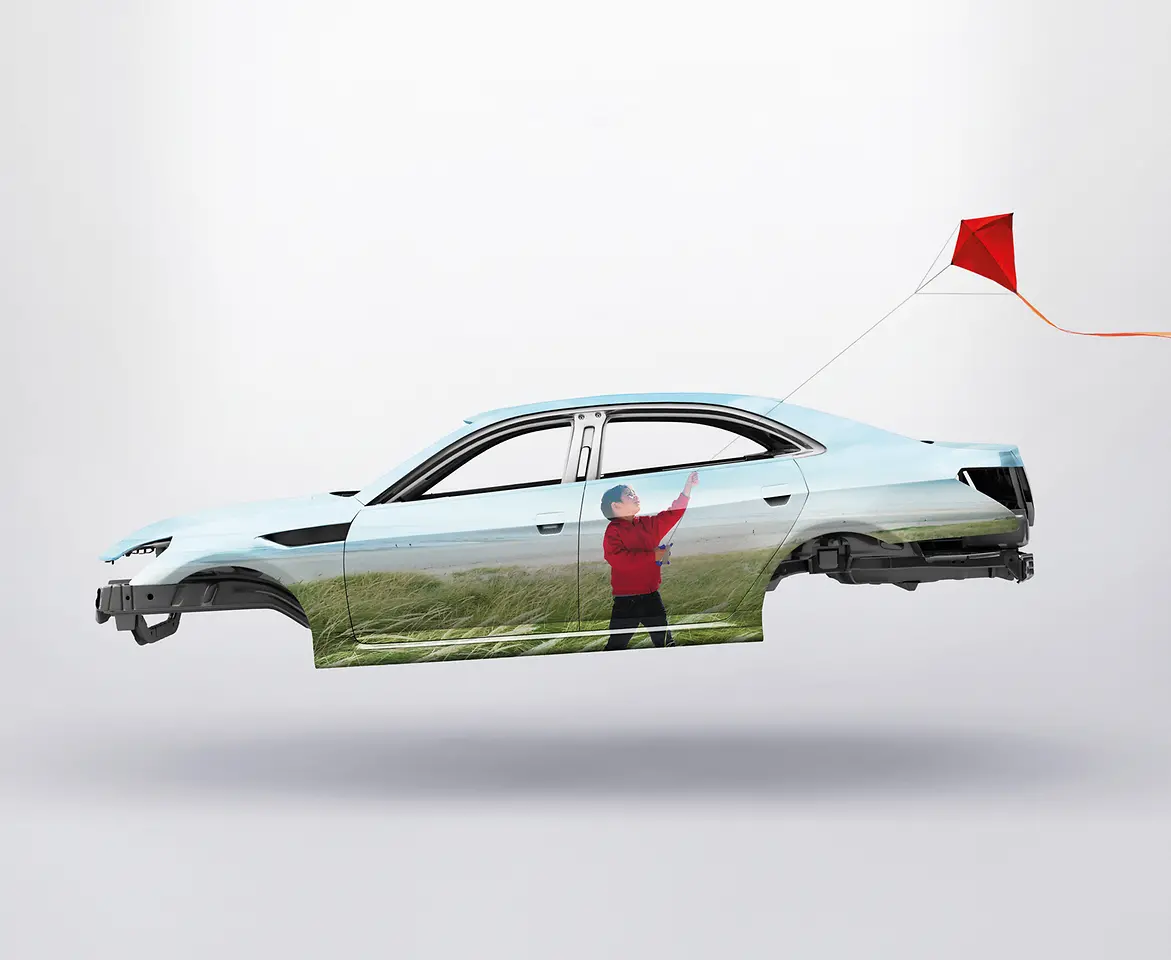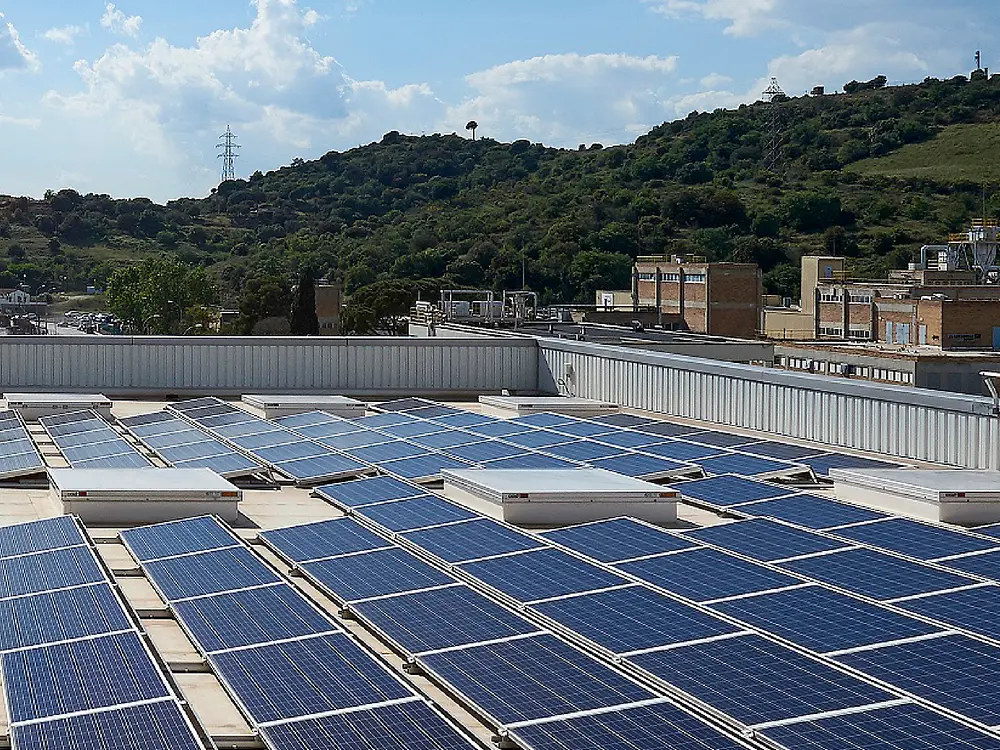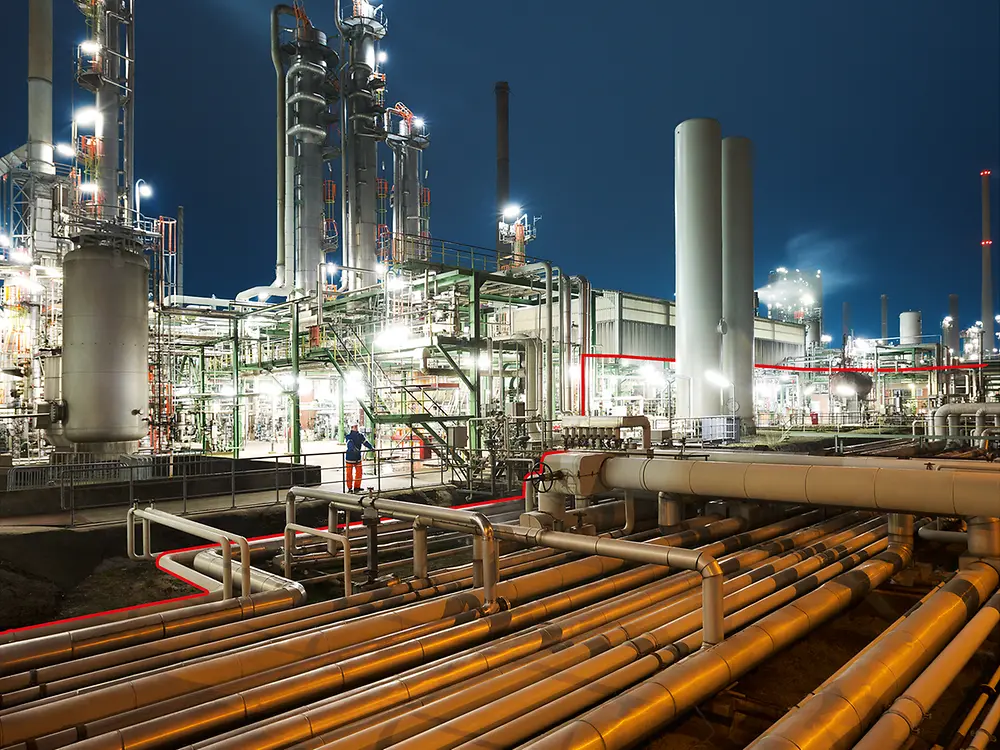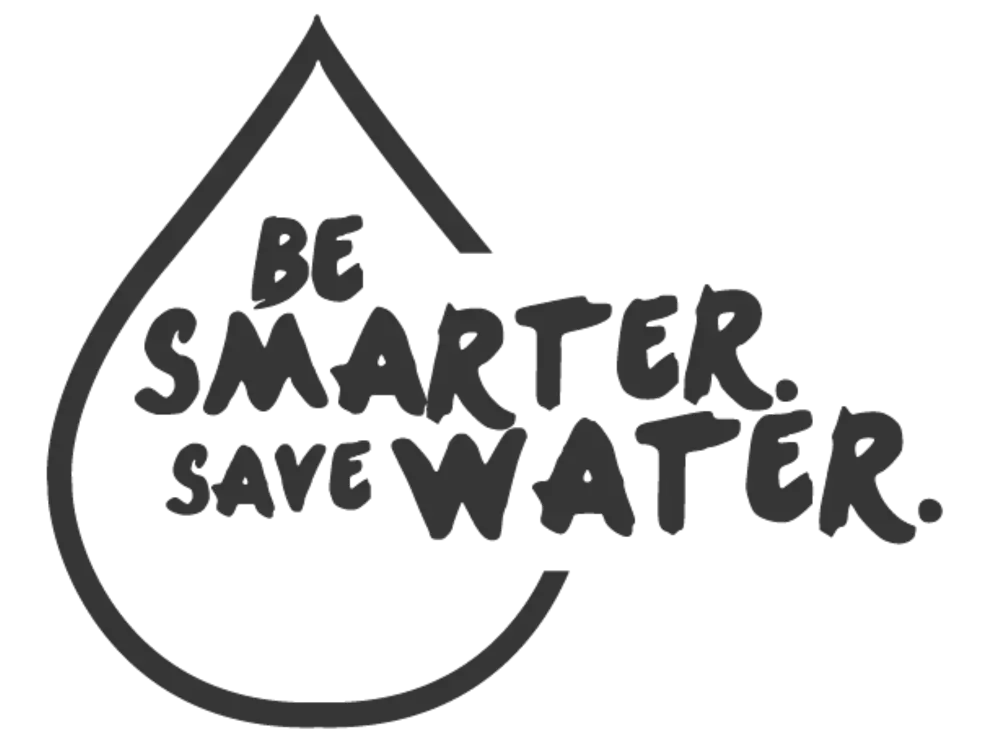Upstream and downstream emissions in our value chain account for by far the largest proportion of our total emissions. Upstream emissions from the raw materials and packaging materials that we purchase are of particularly high relevance for implementing our net-zero transformation. Downstream activities like logistics, distribution and the end-of-life disposal of our products are further key sources of emission that we aim to address. We cluster our activities into the following key abatement categories: eco design, low-emission materials and carbon-efficient logistics.
Eco Design
Our net-zero transformation requires us to design a low-carbon product portfolio by optimizing the properties and compositions of our products. Two levers hold significant emission reduction potential in this context: format design and packaging design.
Format Design
The optimization of our product formats is a key aspect in designing a low-emission product portfolio. Shifting to more concentrated formulas and more innovative product formats can enable the use of raw materials that generate less emissions when they are made. This will lead to emission reductions in the upstream value chain. More compact product formulas can also support further emission reductions because less packaging material is required and emissions from distribution are lower.
Packaging Design
Innovative packaging designs that enable circularity are highly relevant for our abatement efforts in the downstream value chain. We aim to have 100 percent of our packaging designed for recycling or reuse.1 This will help us to decrease end-of-life emissions. Developing reusable and refillable packaging solutions for our consumers and customers makes it possible to extend the lifespan of our packaging materials. This leads to less packaging material and a reduction in the related emissions.
1Excluding products where ingredients or residue may affect recyclability or pollute recycling streams.
Low-Emission Materials
Sourced materials have a high impact on our GHG footprint. For this reason, the transition to more sustainable and low-emission materials is an important requirement for our net-zero transformation. In this regard, three abatement levers are key: supplier engagement, packaging, and raw materials.
Supplier Engagement
Collaborating with our suppliers is a critical requirement for the successful and holistic transformation of the emissions profile of our sourced materials. For years, our business units have been maintaining close relationships with strategic suppliers and engaging in direct abatement initiatives. This includes developing low-emission raw materials and optimizing process emissions through energy efficiency, renewable energy and further emission reduction measures across the supply chain. In April 2024, we launched a comprehensive engagement program for our suppliers worldwide. It is called Henkel Climate Connect and it aims to scale up our supplier collaboration activities.
To leverage our deeper knowledge of our upstream value chain, we increasingly incorporate emissions data into our initial supplier selection process. This makes it possible to base our supplier selections on strategic criteria that optimize our emissions profile, e.g. by selecting suppliers based on specific geographical considerations.
Packaging
With our sustainable packaging strategy, we contribute to emission abatement by minimizing the amount of packaging material we use and maximizing the share of low-emission materials – without compromising the quality, performance or safety of our products.
Our packaging experts are constantly working on innovative and smart packaging solutions to reduce the amount of packaging material we use. To lower the emissions resulting from our packaging materials, it is essential to replace fossil-based virgin raw materials with recycled or renewable alternatives. Additionally, we ensure low-emission energy usage for the production of our packaging materials.
Raw Materials
The raw materials used for the manufacturing of ingredients in our product formulas play a crucial role in our emissions reduction strategy. As we move toward net-zero, we are dedicated to replacing fossil-based raw materials with renewable and recycled alternatives to lower our overall carbon footprint. We accomplish our raw material transition in sequences:
First, our near-term targets for 2030 put focus on identifying and sourcing low-emission raw materials, for example via optimized energy usage in our upstream value chain. We also drive reduction of fossil fuel dependence by increasing the use of bio-based raw materials (such as biomass) as well as boosting our use of recycled materials, decreasing reliance on virgin fossil resources and enhancing circularity in our supply chain.
Second, our net-zero target for 2045 is driving efforts to advance our transformation through innovative technology-based solutions. Besides continuing to source low-emission raw materials, a greater use of CO2-utilization technologies to derive raw materials from the chemical conversion of CO2 will become more important. We are also further expanding our use of recycled feedstocks to minimize waste and resource consumption. As the renewable transformation of the chemical industry progresses, we will gradually shift toward higher-quality biomass feedstocks, ensuring traceability through segregation methods. Additionally, we will strive to minimize any adverse impacts on biodiversity and food chains as part of our responsible sourcing strategy.
Carbon-Efficient Logistics
Our logistics emissions result from upstream transportation of our sourced materials, as well as from downstream transportation and distribution of our products. To reduce the related emissions, we apply the following two abatement levers:
Logistics Optimization
The optimization of our logistics and distribution networks is key to reducing fuel consumption and emissions. Central measures here include using digital tools, maximizing load efficiency and minimizing transport distances. Additionally, we will advance nearshoring and local sourcing to further optimize our logistics network.
Low-Carbon Transportation
To successfully lower emissions within our transportation system, we apply the following logic: First, we optimize the mode of transportation in terms of emissions footprint. In line with this, we aim to substitute air freight with ocean freight and switch from road to rail wherever possible. Second, we shift from conventional drivetrains toward sustainable alternatives. This includes the strategic evaluation and application of electric vehicles, bio-based fuel alternatives and green hydrogen for our product distribution.

















